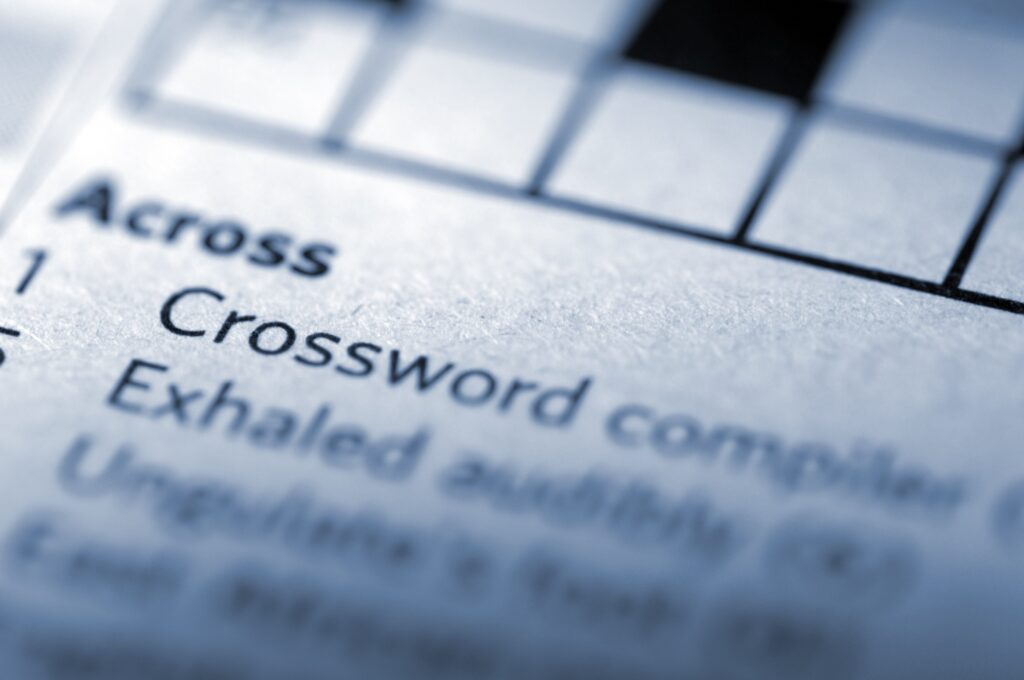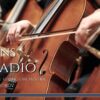Introduction
Stringed instruments have been a crucial part of music for centuries, offering a range of sounds from the delicate plucks of a harp to the deep resonance of a cello. Recently, the term “instrument that contains strings” has been trending, especially in The New York Times (NYT) crossword puzzles, sparking curiosity among puzzle solvers and music enthusiasts alike.
This article will explore the meaning of string instruments, their importance, why they are trending in the NYT crossword, the benefits of playing them, useful hints for identifying them, and why they are essential to music and culture.
What Is an Instrument That Contains Strings?
A stringed instrument is a musical instrument that produces sound through the vibration of strings. The strings are either plucked, bowed, or struck to create melodies. These instruments are found across different musical genres and cultures.
Types of Stringed Instruments
String instruments vary widely in design and sound production. Some common types include:
- Bowed Strings: Violin, viola, cello, double bass
- Plucked Strings: Guitar, harp, banjo, mandolin
- Struck Strings: Piano, hammered dulcimer
- Exotic Strings: Sitar, koto, guzheng
Each type has unique characteristics, contributing to the richness of music worldwide.
Why Is It Important?
1. Foundation of Music Composition
- String instruments are essential in orchestras, bands, and solo performances, forming the backbone of many musical compositions.
2. Versatility Across Genres
- Used in classical, jazz, rock, folk, and even electronic music, stringed instruments adapt to various styles.
3. Historical Significance
- From ancient lyres in Greece to the violins of the Renaissance, string instruments have played a key role in music history.
4. Rich Tonal Quality
- Their ability to produce deep, expressive sounds makes them invaluable in storytelling through music.
Why Is “Instrument That Contains Strings” Trending in the NYT Crossword?
The New York Times Crossword often features music-related clues, and the phrase “instrument that contains strings” has become a recurring hint. Crossword solvers have noticed this pattern, making it a topic of discussion in crossword communities.
Possible Answers for This Crossword Clue
If you encounter this clue in the NYT crossword, here are possible answers:
- Violin (6 letters)
- Guitar (6 letters)
- Harp (4 letters)
- Cello (5 letters)
- Piano (5 letters, though primarily considered a percussion instrument)
Since crossword puzzles require fitting answers based on the number of spaces available, identifying stringed instruments by their letter count is a helpful strategy.
What Are the Benefits of Playing String Instruments?
1. Cognitive Development
- Learning to play string instruments enhances memory, concentration, and problem-solving skills.
2. Emotional Expression
- Strings provide a broad dynamic range, allowing musicians to convey deep emotions.
3. Improves Coordination
- Playing requires hand-eye coordination, improving motor skills.
4. Boosts Creativity
- Composing and improvising on string instruments stimulates artistic creativity.
5. Social Connection
- String ensembles and orchestras foster teamwork and collaboration among musicians.
6. Therapeutic Benefits
- Studies suggest that playing string instruments can reduce stress and anxiety.
7. Enhances Musical Ear
- Training with stringed instruments develops pitch recognition and overall musical understanding.
Useful Hints for Identifying String Instruments in Crossword Puzzles
1. Check Letter Count
- The length of the answer will often guide you to the correct string instrument.
2. Look for Contextual Clues
- Clues like “orchestral” or “plucked” can narrow down the possibilities.
3. Consider Popular Instruments
- Violin, guitar, harp, and cello are frequently used answers.
4. Use Crossword Solver Tools
- Online tools like Crossword Solver can help identify the best fit.
5. Recognize Alternate Spellings
- Some instruments have variations in name spelling across different languages.
6. Pay Attention to Wordplay
- Crosswords sometimes use puns or hidden hints in the wording.
7. Explore Past Puzzles
- Reviewing previous NYT crossword clues can help recognize patterns.
Why Use String Instruments?
String instruments have been a favorite among musicians for centuries. Here’s why they continue to be relevant today:
1. Timeless Appeal
- From ancient times to modern music, stringed instruments remain fundamental to artistic expression.
2. Wide Range of Sounds
- Capable of producing melodic, harmonic, and percussive tones.
3. Accessibility for All Skill Levels
- Beginner-friendly yet challenging enough for virtuoso musicians.
4. Integral to All Music Genres
- Whether it’s rock, classical, jazz, or folk, strings play a role in every genre.
5. Can Be Played Solo or in Groups
- Works beautifully as a solo instrument or within an ensemble.
How to Learn and Master a String Instrument
If you’re inspired to start playing a string instrument, here are some steps to help you begin:
Step 1: Choose Your Instrument
- Violin for classical music
- Guitar for rock, jazz, or blues
- Cello for deep, rich tones
- Harp for elegant, delicate melodies
Step 2: Find the Right Teacher or Course
- Take lessons from a local instructor or enroll in online courses like Udemy, Coursera, or YouTube tutorials.
Step 3: Learn Basic Music Theory
- Understand notes, chords, scales, and reading sheet music.
Step 4: Practice Regularly
- Dedicate at least 30 minutes daily to practice techniques like bowing, plucking, or fingering.
Step 5: Play Along with Songs
- Choose simple songs and gradually progress to complex compositions.
Step 6: Join a Community
- Play in a band, orchestra, or online music group for motivation.
Step 7: Experiment with Styles
- Explore different genres like jazz, folk, and experimental music to expand your skills.
FAQs About “Instrument That Contains Strings” in the NYT Crossword
What is an instrument that contains strings?
It refers to any musical instrument that produces sound through vibrating strings, such as a violin, guitar, or harp.
Why is this clue appearing in NYT crosswords?
The New York Times Crossword frequently includes musical-themed clues, making this a common question.
What is the best way to find the correct answer?
Check the letter count, look for context clues, and use crossword solver tools if needed.
Are pianos considered string instruments?
Technically, pianos have strings, but they fall under percussion instruments due to the hammer mechanism.
How can I get better at solving music-related crossword clues?
Familiarize yourself with common musical terms and frequently used instruments in puzzles.
Conclusion
The phrase “instrument that contains strings NYT” has become a popular crossword clue, leading players to explore the world of stringed instruments. Whether you are solving a puzzle, learning an instrument, or just fascinated by their rich history, string instruments offer endless possibilities.
By understanding their importance, trending nature, benefits, and useful hints, you’ll not only improve your crossword-solving skills but also deepen your appreciation for music. So, the next time you see this clue, you’ll know exactly which instrument to write down!
Also Read: Trabant Car First Aid Kit – Everything You Need to Know



